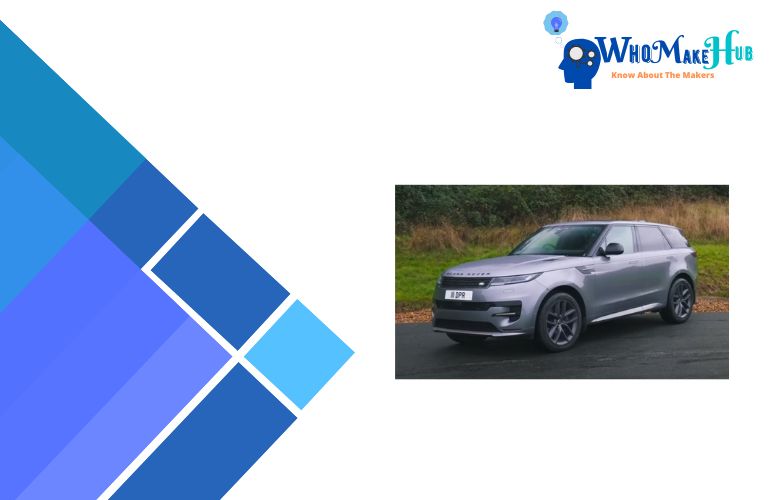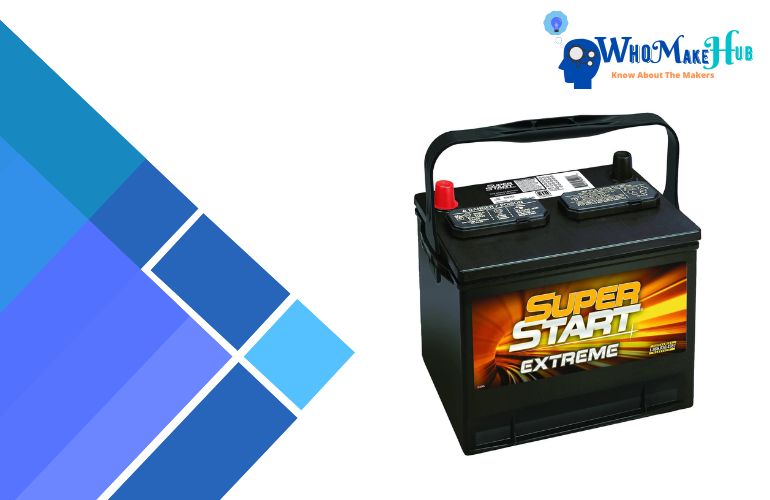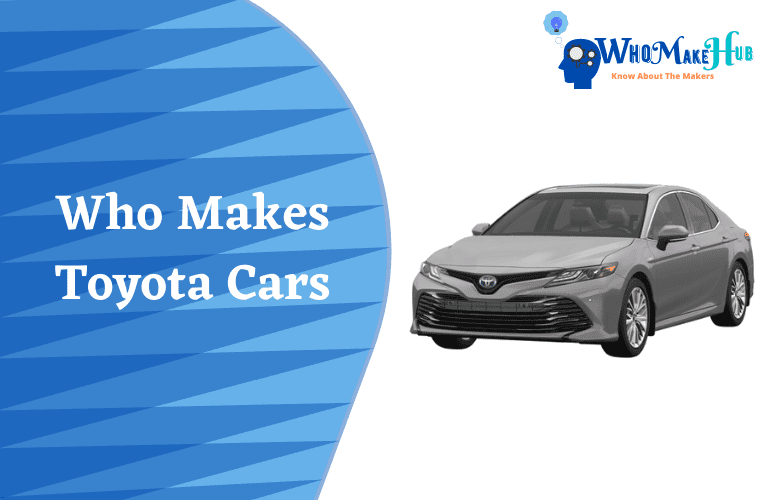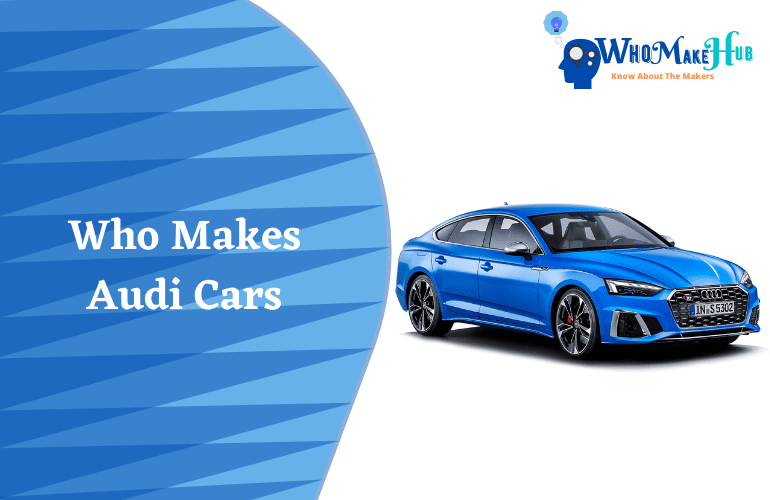Understanding the Origin of Range Rover
The story of Range Rover begins in 1948, with the introduction of the Land Rover series by British automotive company, Rover. The idea for this rugged four-wheel drive vehicle was conceived during World War II, inspired by the American Willys Jeep. Initially designed for farm and light industrial use, it soon gained popularity due to its durability and versatility.
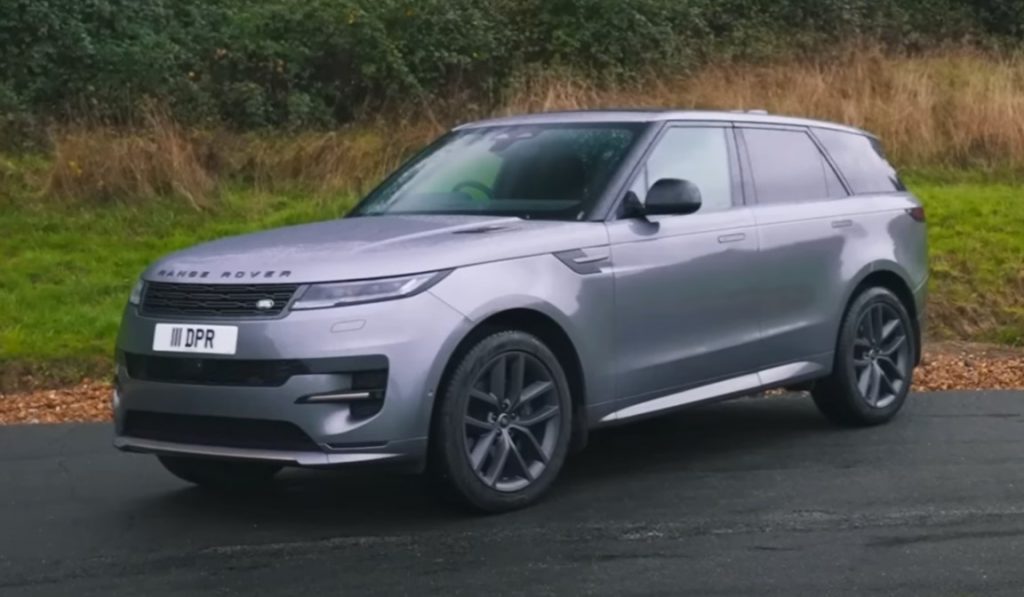
Ultimate Off Roader?
In 1970, after more than two decades of success with their original model, Rover introduced a new breed of car – the Range Rover. This was a significant departure from previous models as it combined off-road capability with comfort and on-road performance. It became an instant hit among customers who were looking for luxury without compromising on functionality or performance. This car was a game changer!
Over time, the brand evolved to meet changing customer preferences while maintaining its core values of power and luxury. The design philosophy shifted from utilitarian simplicity to sophisticated elegance without losing sight of functionality or off-road capabilities. Each new model brought technological advancements that enhanced both driving experience and passenger comfort; setting benchmarks in the automobile industry that are still revered today.
Deep Dive into the Manufacturing Process of Range Rover
The manufacturing process of a Range Rover begins with the design and engineering phase. Here, Range Rover engineers use advanced computer-aided design (CAD) software to create detailed 3D models of each component. These digital blueprints are then used to program the machines that will produce these parts in real life. The focus is not only on ensuring optimal performance but also on meeting stringent environmental standards.
Once this initial stage is complete, production moves onto the assembly line where robots and human workers collaborate seamlessly. Robots perform tasks requiring high precision or heavy lifting, while humans handle more complex operations such as wiring installation or quality control checks. Each Range Rover passes through several stages including body shop, paint shop, final assembly and inspection before it’s ready for delivery.
The last stage in the manufacturing process involves rigorous testing procedures to ensure every vehicle meets Land Rover’s exacting standards of safety and performance. This includes climate tests in extreme conditions ranging from -40°C to +50°C, water wading tests up to 900mm deep and off-road handling assessments on rocky terrains or steep inclines. Throughout this entire process, there is an unwavering commitment towards delivering vehicles that embody luxury without compromising capability or durability.
Analyzing the Design Evolution of Range Rover Over the Years
The first Range Rover, launched in 1970, was a two-door model with an aluminum V8 engine. The design was unique and innovative for its time, featuring clamshell bonnet, continuous waistline and split tail-gate – elements that have become characteristic of the brand’s identity over the years. It boasted a simple yet luxurious interior designed to be easily cleaned after off-road excursions.
Over the decades, significant changes were made to enhance its performance and aesthetic appeal. In 1981, a four-door model was introduced, along with automatic transmission options. By late ’80s electronic traction control system became standard across all models enhancing their off-roading capabilities significantly while maintaining on-road comfort. Aesthetic enhancements included addition of softer lines and curves giving it a more modern look without compromising on its ruggedness.
In recent years, technology has played an increasingly important role in shaping Range Rover’s design evolution. The fourth generation models come equipped with more advanced features (but expected these days) such as touch screen infotainment systems and digital instrument clusters which not only add to passenger comfort but also give the interiors a much sleeker look. On the exterior front too there have been notable advancements like LED headlights that are both energy efficient and provide better visibility compared to traditional halogen lamps.
Unveiling the Technology Behind Range Rover’s Performance
The Range Rover’s performance is a testament to the innovative technology that lies beneath its sleek exterior. The vehicle boasts of an advanced all-wheel drive system, which enhances traction and stability on various terrains. This feature ensures optimal handling in diverse driving conditions, from slippery roads to rugged off-road landscapes. Additionally, the Range Rover comes equipped with an Adaptive Dynamics system that monitors vehicle movements up to 500 times per second, reacting virtually instantaneously to driver inputs.
Another key technological aspect contributing to the top-tier performance of the Range Rover is its engine design. Most models are powered by either a V6 or V8 engine, both known for their power and efficiency. These engines utilize turbocharging technology for increased power output without compromising fuel economy. Moreover, they feature an Intelligent Stop/Start system that shuts down the engine when idling in traffic or at red lights and restarts it as soon as you’re ready to move again – further enhancing fuel efficiency.
In addition to powerful engines and sophisticated driving systems, the Range Rover also incorporates cutting-edge infotainment technology into its design for improved convenience and connectivity while on-the-go. For instance, features like Interactive Driver Display allow crucial information such as navigation directions right within your line of sight on the instrument cluster screen- thereby reducing distraction while driving. Furthermore, technologies like Touch Pro Duo seamlessly integrate two high-definition 10” touchscreens allowing you simultaneous interaction with multiple features comfortably.
Exploring the Unique Features of Range Rover Models
The Range Rover is renowned for its unique blend of luxury and off-road capabilities, making it a standout in the SUV market. One of its distinctive features is the Terrain Response system, which allows drivers to adjust the vehicle’s engine, transmission, and suspension settings based on road conditions. This feature enables Range Rovers to navigate smoothly through various terrains such as snow, mud, gravel or sand with ease.
Another nice feature lies within the interior design. The cabin space boasts an exquisite combination of comfort and elegance that sets it apart from other vehicles in its class. High-quality leather seats offer maximum comfort while driving long distances while ambient lighting creates a serene environment inside the car. Additionally, advanced infotainment systems equipped with high-resolution touch screens provide seamless connectivity and entertainment options for all passengers.
Range Rover models also incorporate cutting-edge safety technologies to ensure passenger protection at all times. Features like Lane Departure Warning System alert drivers if they unintentionally drift out of their lane without signaling first. On top of this is Adaptive Cruise Control that automatically adjusts speed according to traffic flow ensuring safe distance from other vehicles on roadways. These advanced safety measures demonstrate how Range Rover prioritizes customer well-being above everything else while maintaining their signature luxurious feel.
Behind the Scenes: Manufacturing Plants for Range Rover
Range Rover vehicles are carefully crafted in a state-of-the-art manufacturing plant located in Solihull, United Kingdom. The facility spans over 300 acres and houses an impressive assembly line where the raw materials are transformed into luxury SUVs. Every process is precisely executed with a blend of modern robotics and skilled human labor to ensure each vehicle meets the high standards set by Range Rover.
The production process begins with the body shop where robots perform most of the tasks such as welding and riveting. Despite this mechanized operation, there’s still a significant need for human supervision especially when it comes to quality control checks. From here, these shells move on to the paint shop where they receive multiple layers of coating including primer, base color and clear coat which gives them their signature glossy finish.
After painting, it’s time for final assembly where all components from engine parts to interior trims are installed. This stage requires great precision as any mistake could lead to serious issues later on during road driving or even compromise safety measures embedded within each vehicle model. Each completed unit then undergoes stringent testing procedures before being deemed fit for delivery.
Examining the Role of Range Rover in the Luxury SUV Market
The Range Rover, a product of the British automotive company Land Rover, has consistently been a dominant player in the luxury SUV market. Since its inception in 1970, it has set high standards with its blend of off-road capability and luxurious comfort that many competitors strive to match. It’s not just an automobile; it is a symbol of status and prestige which appeals to the high-end consumers who seek exclusivity.
Over time, Range Rover models have evolved significantly while maintaining their core values of luxury, performance and versatility. They offer a unique combination of ruggedness for outdoor adventures and opulence for city drives. This duality is one reason why they continue to hold substantial market share despite stiff competition from brands like Mercedes-Benz G-Class or Bentley Bentayga.
Marketing strategies also play an important role in positioning Range Rovers as premium vehicles. The brand leverages celebrity endorsements and partnerships with other luxury brands to enhance its image further. Moreover, customization options allow buyers to tailor their vehicle according to personal preferences – adding another layer of exclusivity that makes owning a Range Rover all the more appealing.
In-depth Look at the Safety Features of Range Rover
Range Rover is renowned for its commitment to safety, consistently integrating advanced features into their vehicles. This dedication becomes evident when examining the multitude of safety technologies present in their models. For instance, there’s the Autonomous Emergency Braking system that uses cameras to detect potential collisions and automatically applies brakes if necessary. Additionally, there’s Lane Departure Warning which alerts drivers if they unintentionally veer off course.
The brand also employs cutting-edge technology for optimal vehicle control and stability on varied terrains. The Dynamic Stability Control (DSC) minimizes oversteer or understeer by reducing engine torque and applying braking to specific wheels as needed. Meanwhile, Roll Stability Control (RSC) senses an imminent rollover situation and activates DSC to regain control of the vehicle.
Another impressive feature is Range Rover’s Adaptive Cruise Control with Queue Assist – a system that maintains a safe distance from the car ahead even in heavy traffic conditions by adjusting speed accordingly. Furthermore, Blind Spot Monitor provides visual notifications about other cars in your blind spot while Reverse Traffic Detection warns you about approaching vehicles when reversing out of parking spots or driveways.
The Impact of Range Rover on the Automobile Industry
The Range Rover has undeniably made a significant impact on the automobile industry. Since its inception, it has set high standards for luxury SUVs around the world. The brand’s commitment to innovation and excellence is evident in every model they release, influencing other manufacturers to keep up with their advancements.
One of the key areas where Range Rover has had an influence is in off-road capabilities combined with luxurious comfort. Before the advent of this marque, most off-road vehicles were rugged and lacked comfort features. However, Range Rover changed this narrative by introducing models that could handle tough off roading while offering a really nice interior environment. This revolutionary concept was quickly adopted by other brands, reshaping what customers now expect from an SUV.
Moreover, Range Rover’s dedication to incorporating cutting-edge technology into their vehicles also drives trends within the industry. Features like terrain response systems and advanced infotainment interfaces were first seen in these cars before becoming standard across many luxury SUVs globally. Thus, through continuous evolution and setting new benchmarks for quality and performance, Range Rover continues to shape the direction of future developments in automotive design and functionality.
Future Prospects: Upcoming Models and Innovations in Range Rover
Looking ahead, Range Rover shows no signs of slowing down in its quest to push the boundaries of luxury SUVs. The company is working on several new models and innovations that will redefine what it means to own a premium vehicle. One such model is the highly anticipated all-electric Range Rover due in 2024, which promises to deliver exceptional performance while drastically reducing carbon emissions.
The upcoming electric model signifies Range Rover’s commitment towards sustainable practices without compromising on their trademark luxury and performance. This move aligns with global trends as more automobile manufacturers pivot towards producing environmentally friendly vehicles due to increasing consumer demand for sustainability. By combining cutting-edge technology with their renowned design aesthetics, this forthcoming model aims to set a new benchmark in the electric SUV segment.
Apart from electrification, Range Rover continues its innovation streak by incorporating advanced features into its future models. For instance, there are plans for enhanced autonomous driving capabilities that could potentially transform our travel experiences entirely. Additionally, advancements in infotainment systems and connectivity options are also expected as part of these ongoing developments within the brand’s portfolio. These forward-thinking strategies ensure that Range Rovers remains at the forefront of technological advancement in the automotive industry.
Where did the concept of Range Rover originate?
The concept of Range Rover originated in the UK, with the idea to design a car that can perform equally well in off-road and on-road conditions.
How is the manufacturing process of Range Rover structured?
The Range Rover manufacturing process involves several stages including design, assembly, testing, and quality control. Every part of the car is meticulously crafted to ensure high performance and safety standards.
How has the design of Range Rover evolved over the years?
Range Rover’s design has evolved over the years to incorporate modern aesthetics, cutting-edge technology, and enhanced performance features. However, it has always maintained its iconic boxy silhouette and robust look.
What technology is used to enhance Range Rover’s performance?
Range Rover uses a mix of advanced technology such as adaptive dynamics, terrain response systems, and hybrid powertrains to deliver superior performance.
What unique features do Range Rover models have?
Range Rover models come with a variety of unique features which may include premium interiors, state-of-the-art infotainment systems, advanced safety features, and off-road capabilities.
Where are Range Rovers manufactured?
Range Rovers are primarily manufactured in the UK, at Jaguar Land Rover’s Solihull plant.
How does Range Rover maintain its position in the luxury SUV market?
Range Rover maintains its position in the luxury SUV market through its consistent delivery of high-performance, luxury vehicles with the latest technology, stylish designs, and top-notch safety features.
What safety features do Range Rovers have?
Range Rovers come equipped with several safety features including advanced driver assistance systems, multiple airbags, stability control, and anti-lock braking systems.
What impact has Range Rover had on the automobile industry?
Range Rover has significantly impacted the automobile industry by pioneering the concept of luxury SUVs. Its innovative design and technology have set industry standards.
What are the upcoming models and innovations expected in Range Rover?
The future prospects for Range Rover include incorporating more sustainable materials and energy sources in their models, continuing to develop autonomous driving features, and launching newer models with improved performance characteristics.

